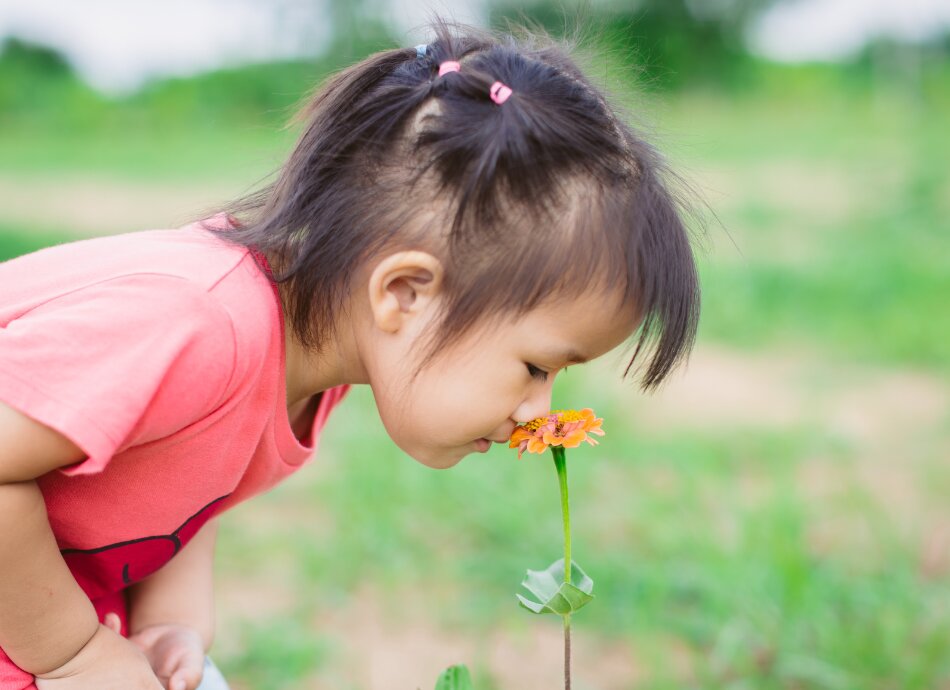|
Go to the nearest emergency department immediately or call 111 for an ambulance if your baby or child has any of the following symptoms: |
|
Low or no data? Visit zero.govt.nz, scroll down the page then click on our logo to return to our site and browse for free.
How do I know if my child is struggling to breathe?
Key points about breathing difficulties in children
- Breathing difficulties in children can be caused by many factors, eg, viral infections, bacterial infections, asthma, allergies, passive smoking, exposure to harmful gases, blockage of the airway or cystic fibrosis.
- Signs that your child is struggling to breathe include fast breathing, sucking or pulling in under the ribcage or in between each rib, using the muscles around their neck, flaring of their nostrils and making extra noises while breathing in or out.
- You should take your child to see your healthcare provider if you notice any signs they are struggling to breathe or are worried about them.
- If you don't know what to do, call Healthline on 0800 611 116 or PlunketLine 0800 933 922 to ask for advice.

Breathing difficulties in children can be caused by:
- viral infections such as bronchiolitis(external link), croup(external link) or pneumonia(external link)
- bacterial infections such as tonsillitis(external link), epiglottitis or pneumonia(external link)
- asthma attack(external link)
- allergies(external link) or anaphylaxis(external link)
- passive smoking
- exposure to harmful gases
- blockage of airways by inhaled object, eg, food or any small object
- cystic fibrosis(external link).
Your child might be struggling to breathe if they have any of the following symptoms:
- shortness of breath or breathing faster than usual
- making extra noises while breathing in or out
- runny nose, stuffy nose, blocked nose or sneezing
- worsening cough
- producing phlegm(external link), which can be white, yellow or green in colour.
Depending on the cause of your child's breathing difficulty, they may also have other symptoms such as fever, reduced feeding or appetite, or aches and pains.
Younger children may not tell you that they are struggling to breathe, so it's important you recognise signs that show they are having breathing difficulties.
|
Signs that your baby is struggling to breathe: |
Signs that your child is struggling to breathe: |
|
|
There are 3 types of noises that your baby or child can make when they are struggling to breathe: wheeze, stridor or grunting.
Wheeze
Wheezing is a musical, whistling sound that children make when breathing out. It can also happen when they breathe in. The sound comes from their chest, not from their nose or throat. It can happen if your child has a condition like bronchiolitis(external link), asthma(external link) or viral wheeze(external link).
Stridor
Stridor is a harsh, high-pitched noise your child might make when breathing in. It can happen if your child has a condition like croup(external link).
Grunting
A grunt, moan or a short sigh is a noise your child might make when breathing out. It can happen if your child has a condition like pneumonia(external link).
If you notice the above signs and symptoms, your child is struggling to breathe. You should take your child to see your doctor. You should also see your doctor if you are worried about your child. If you are unsure what to do, call Healthline on 0800 611 116 or PlunketLine 0800 933 922 to ask for advice. These are free services.
|
Go to the nearest emergency department immediately or call 111 for an ambulance if your baby or child has any of the following symptoms: |
|
Bronchiolitis(external link)
Bronchiectasis – children | Pūkahukahu hauā(external link)
Snoring or noisy breathing in children(external link)
Viral infections | Pokenga huaketo(external link)
Allergies(external link)
Anaphylaxis(external link)
Croup | Mate maremare pēpē(external link)
Pneumonia(external link)
Wheeze in children under 5 years old(external link)
Signs that children are struggling to breathe(external link)(external link)(external link) KidsHealth NZ
Breathing problems to look out for in children(external link) British Lung Foundation, UK
Children with breathing difficulties(external link)(external link)(external link) Patient Info, UK
Respiratory distress(external link)(external link)(external link) Nationwide Children's, US
References
Credits: Healthify editorial team. Healthify is brought to you by Health Navigator Charitable Trust.
Reviewed by: Dr Arna Letica, FRNZCGP, Auckland
Last reviewed:
Page last updated:





